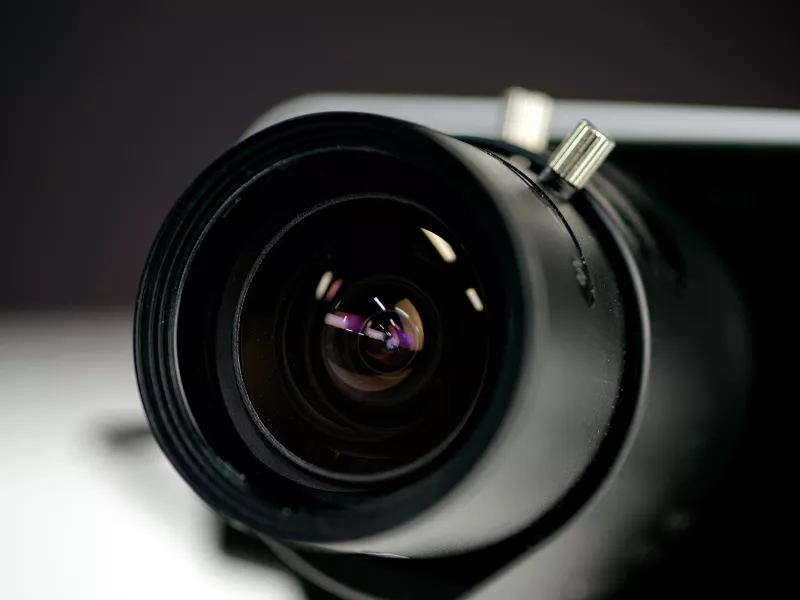Wide Dynamic Range - WDR
Forensic WDR is our latest and most advanced WDR technology. Employing the latest generation of image processing algorithms, this technology effectively reduces visible noise and artifacts to deliver video tuned for maximal forensic usability.
Forensic details in challenging light
Big difference between the darkest and the brightest spots in a scene? It’s called wide dynamic range, and it can spell trouble for image usability and clarity. Fortunately, Axis cameras with Wide Dynamic Range (WDR) technology make the difference between seeing important forensic details clearly, and seeing nothing but a blur.
Without WDR technology, images may be underexposed or overexposed, making it impossible to identify objects and people. Our WDR technology solves this, so now you can place your cameras exactly where you need them, with no need to worry about difficult lighting.

Axis Forensic WDR – for maximal forensic usability
Forensic WDR is our most advanced WDR technology. It effectively reduces visible noise and artifacts to deliver video tuned for maximal forensic usability. It’s suitable for scenes with motion in them and – perhaps most importantly – for use in ultra high-resolution cameras. Axis also offers products with other WDR technologies: WDR - Forensic Capture, WDR - Dynamic Capture and WDR - Dynamic Contrast. Each is optimized for specific sets of circumstances. Read more about WDR in our white paper.

Choosing the best WDR camera
So how do you pick the best WDR camera for your purposes? One measure of a camera’s ability to handle images with a wide dynamic range is dB value. In fact, conventional wisdom says that the higher a camera’s dB value, the clearer the images it delivers.
In reality though, that’s not the whole picture. Axis always prioritizes forensic usability and image quality over achieving high dB. Because other variables – like the quality of image processing – play an important role as well. The bottom line? A camera with a lower dB value can produce an image that’s better for video surveillance.
Related resources
You may also be interested in




